Space news stories
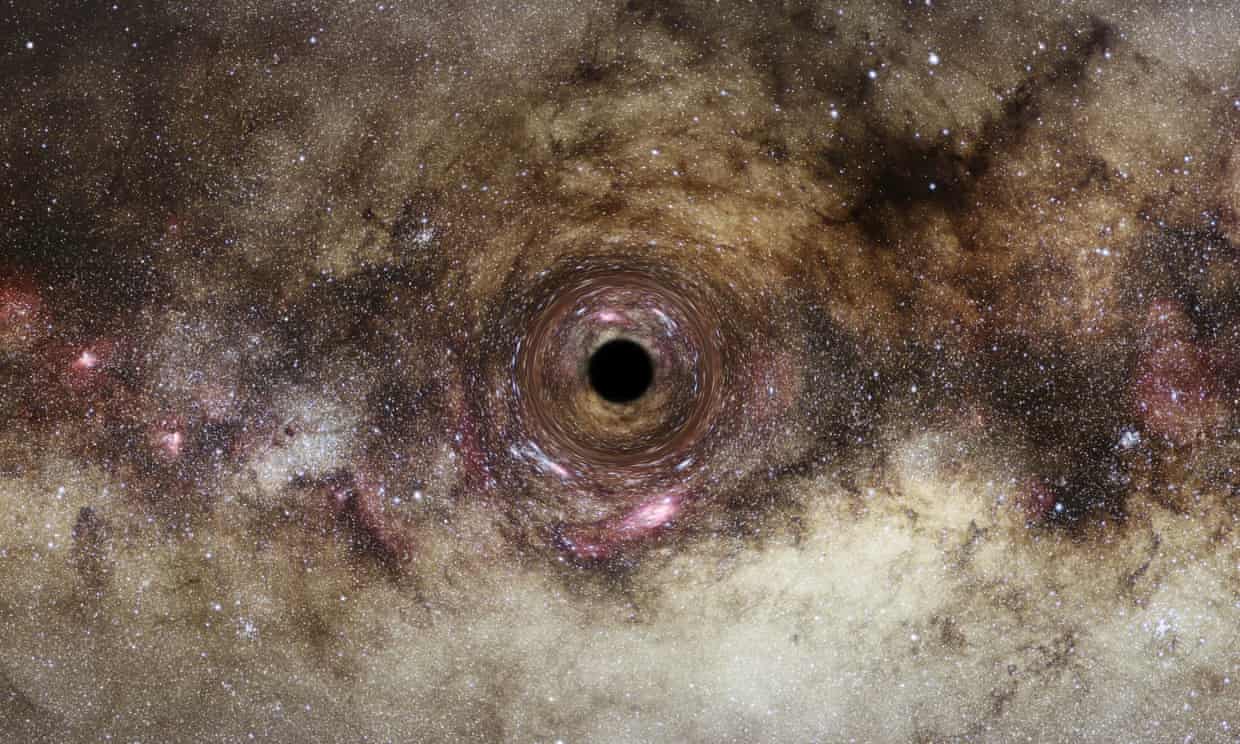
An ultramassive black hole about 30bn times the mass of the Sun has been discovered by astronomers in the UK.
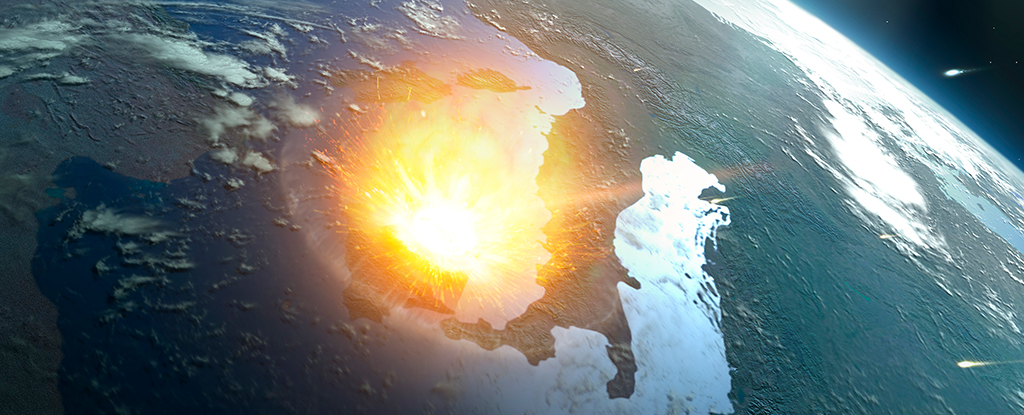
Our planet hides its scars well. It’s a shame, actually, as evidence of previous asteroid strikes might help us better plan for the next catastrophic impact. In fact, NASA’s Goddard Space Flight Center chief scientist, James Garvin, thinks we might have been misreading traces of some of the more serious asteroid strikes that have occurred within the past million years
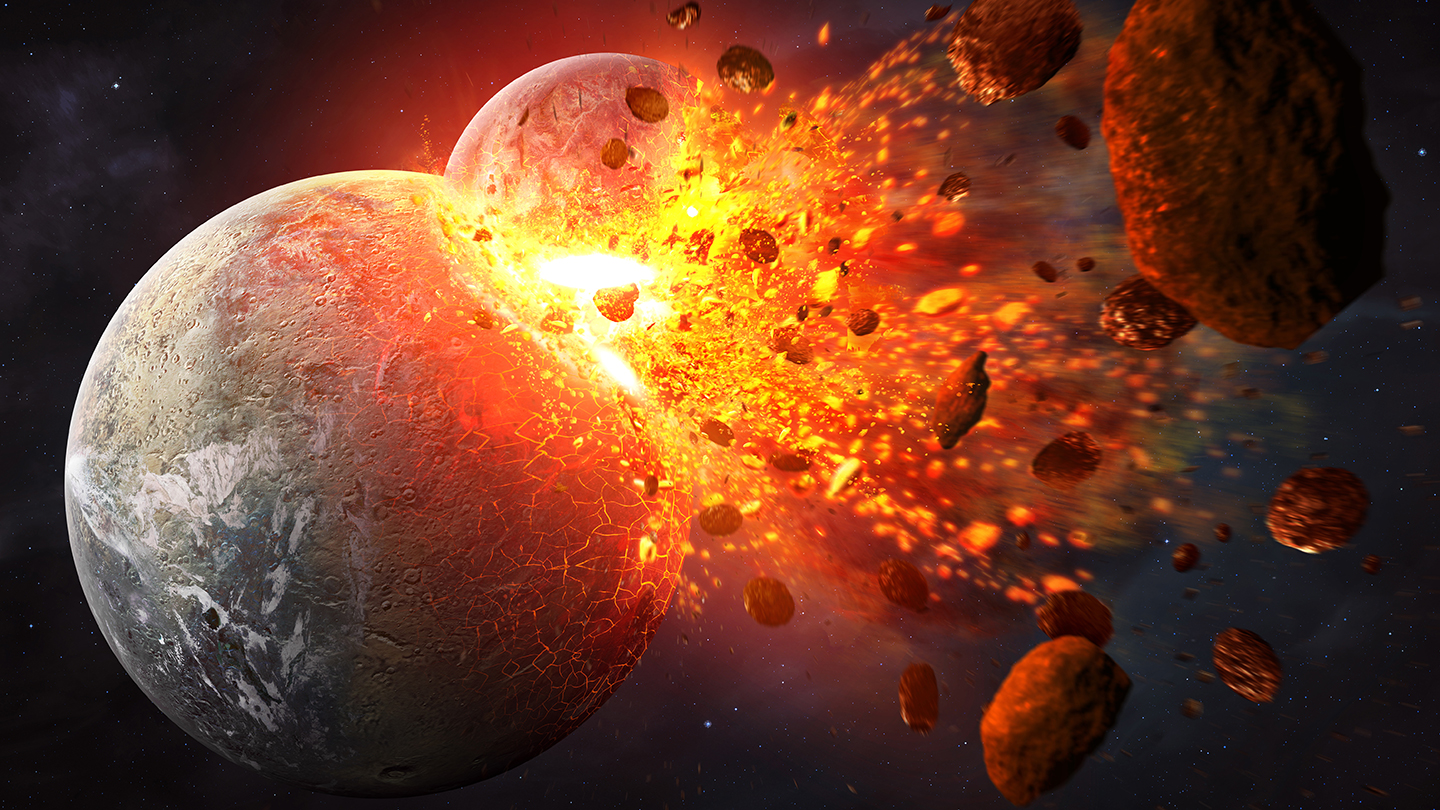
Vestiges of a moon-forming cataclysm could have kick-started plate tectonics on Earth. See research here.
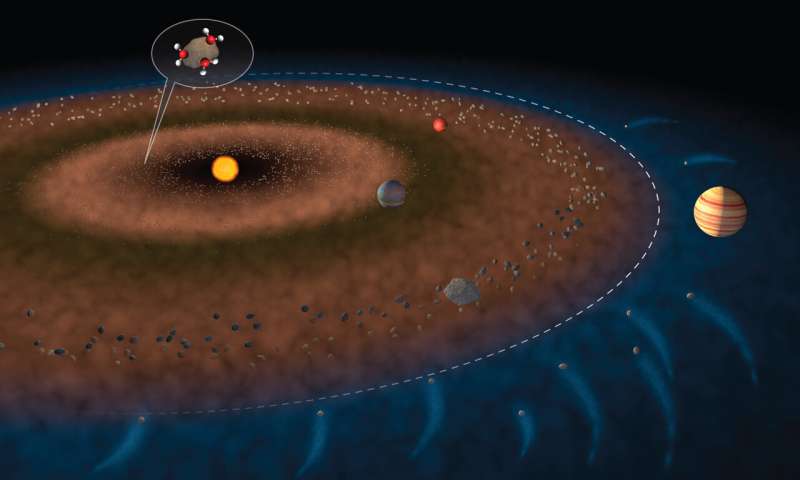
A new study published in the journal Nature brings scientists one step closer to answering that question. Led by the University of Maryland Assistant Professor of Geology Megan Newcombe, researchers analyzed melted meteorites that had been floating around in space since the solar system’s formation 4 1/2 billion years ago.
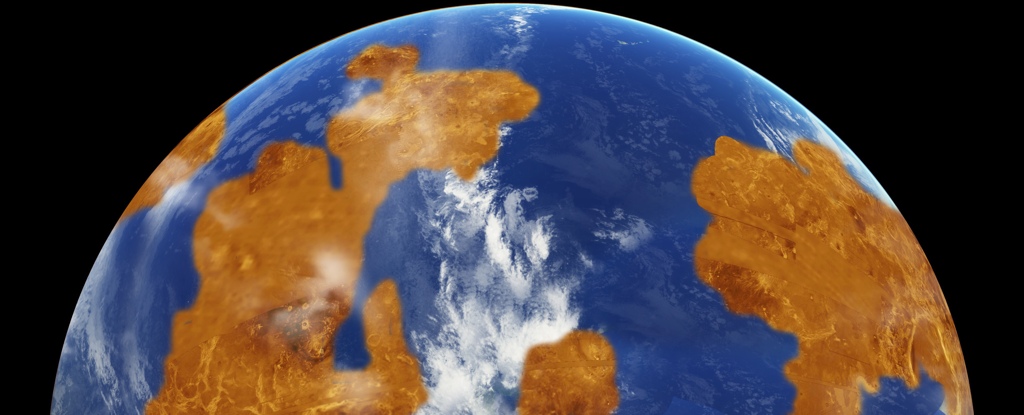
A new study has found that if Venus ever did have habitable conditions, and liquid water on its surface, it was a long time ago, and lasted only briefly before the planet transformed into the parched, arid world it is today.
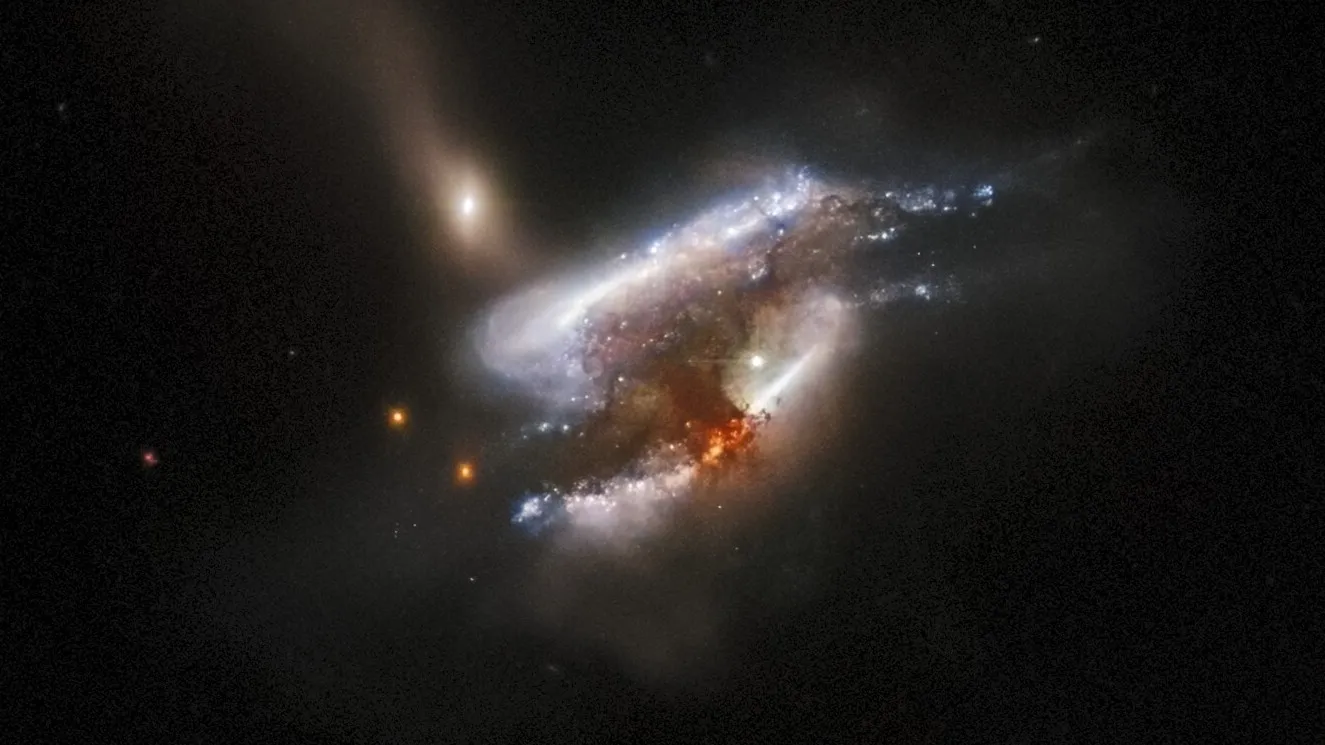
Glimpsed only occasionally at the hearts of massive clusters of galaxies, ultramassive black holes are some of the largest and most elusive objects in the universe…Now, researchers studying a rare galaxy merger with three supermassive black holes at its center may have finally discovered the origins of these cosmic monsters.
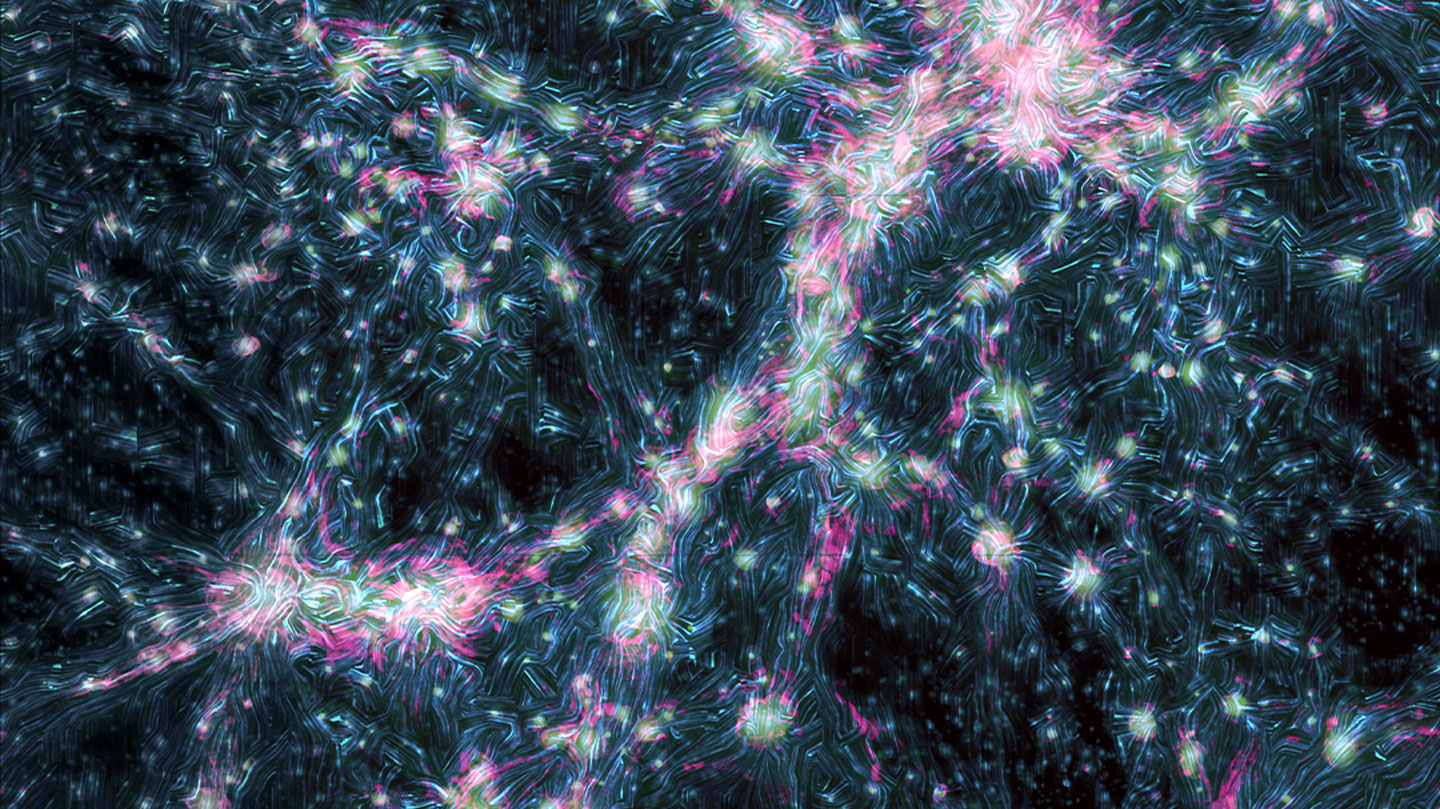
For the first time, astronomers have caught a glimpse of shock waves rippling along strands of the cosmic web — the enormous tangle of galaxies, gas and dark matter that fills the observable universe.
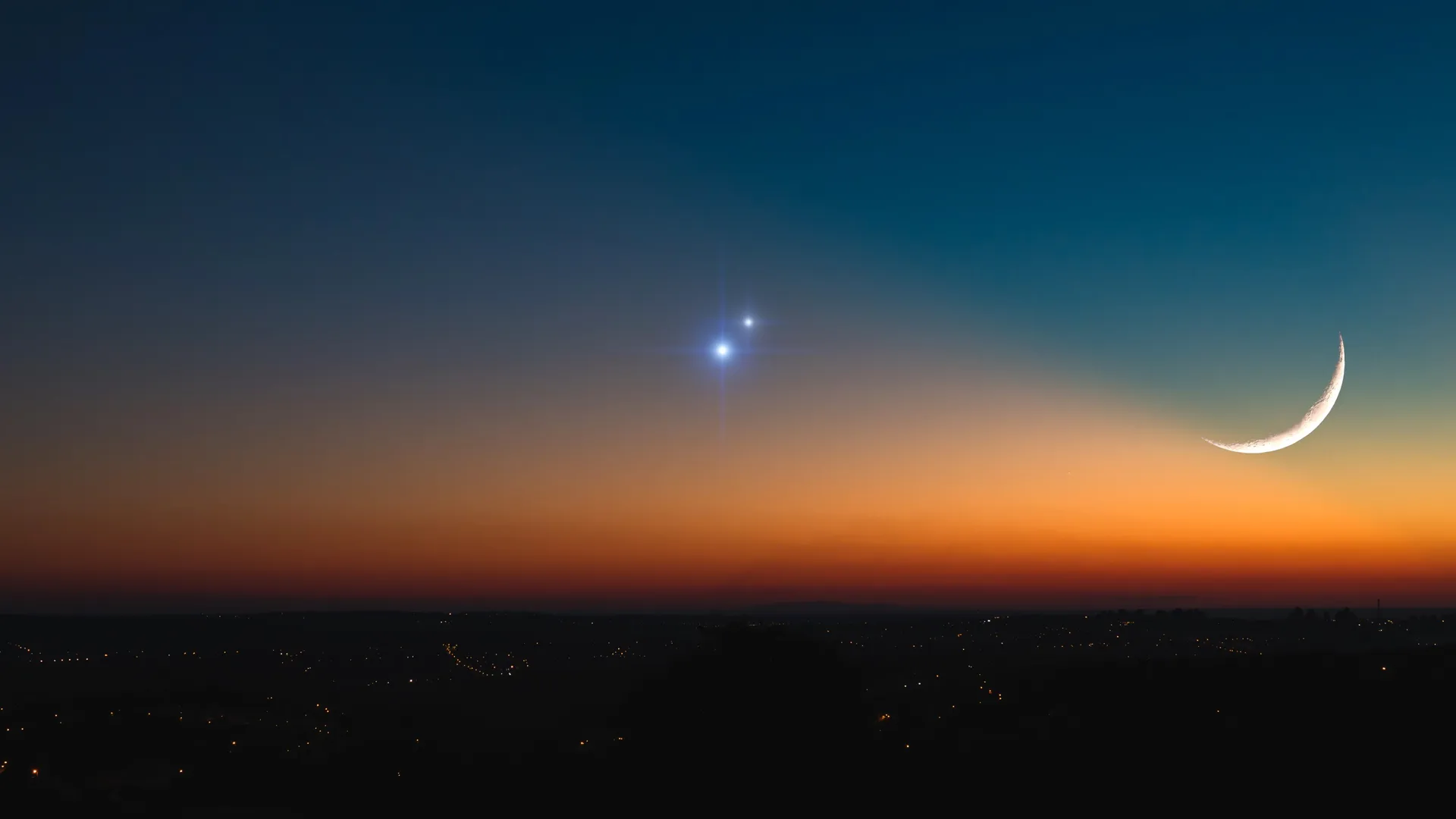
On March 1 and 2, Jupiter and Venus will appear side by side in the night sky in an event called a conjunction, which is visible without a telescope or binoculars.
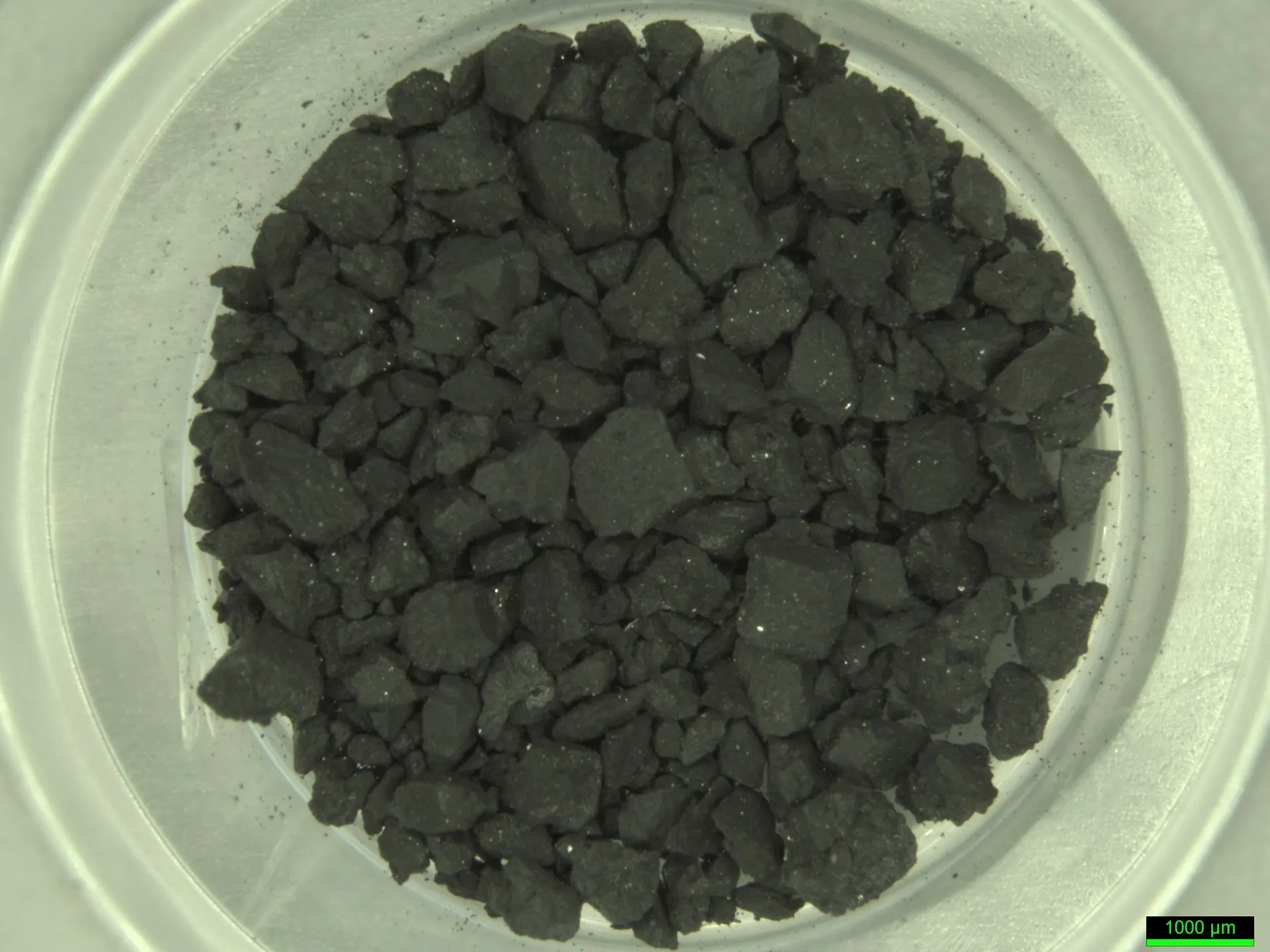
The asteroid Ryugu, which orbits the sun between Earth and Mars, contains many of the building blocks for life, a new analysis finds.
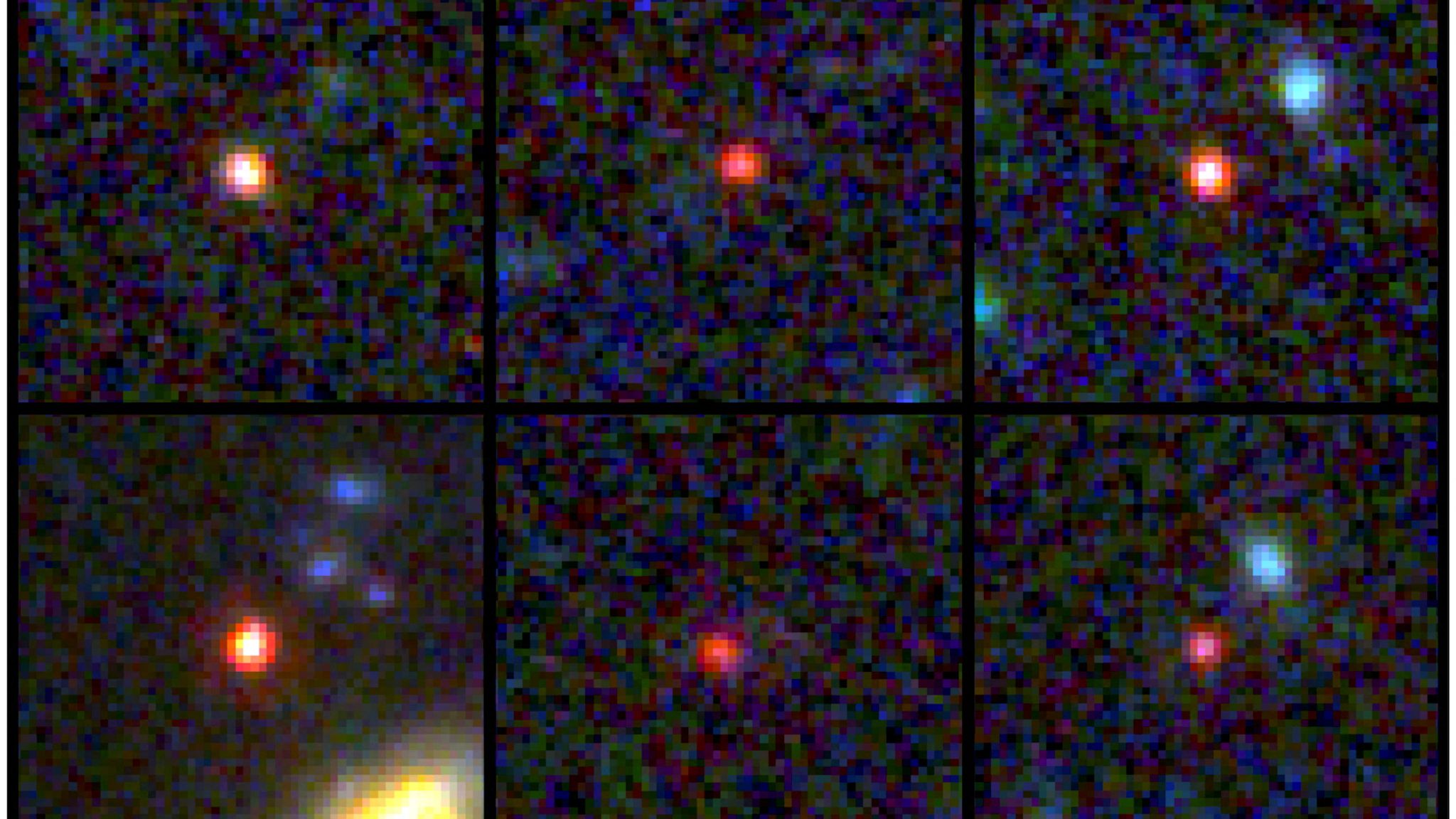
Six massive ancient galaxies, which astronomers are calling “universe breakers” appear to have been discovered, which may upend existing theories of cosmology.
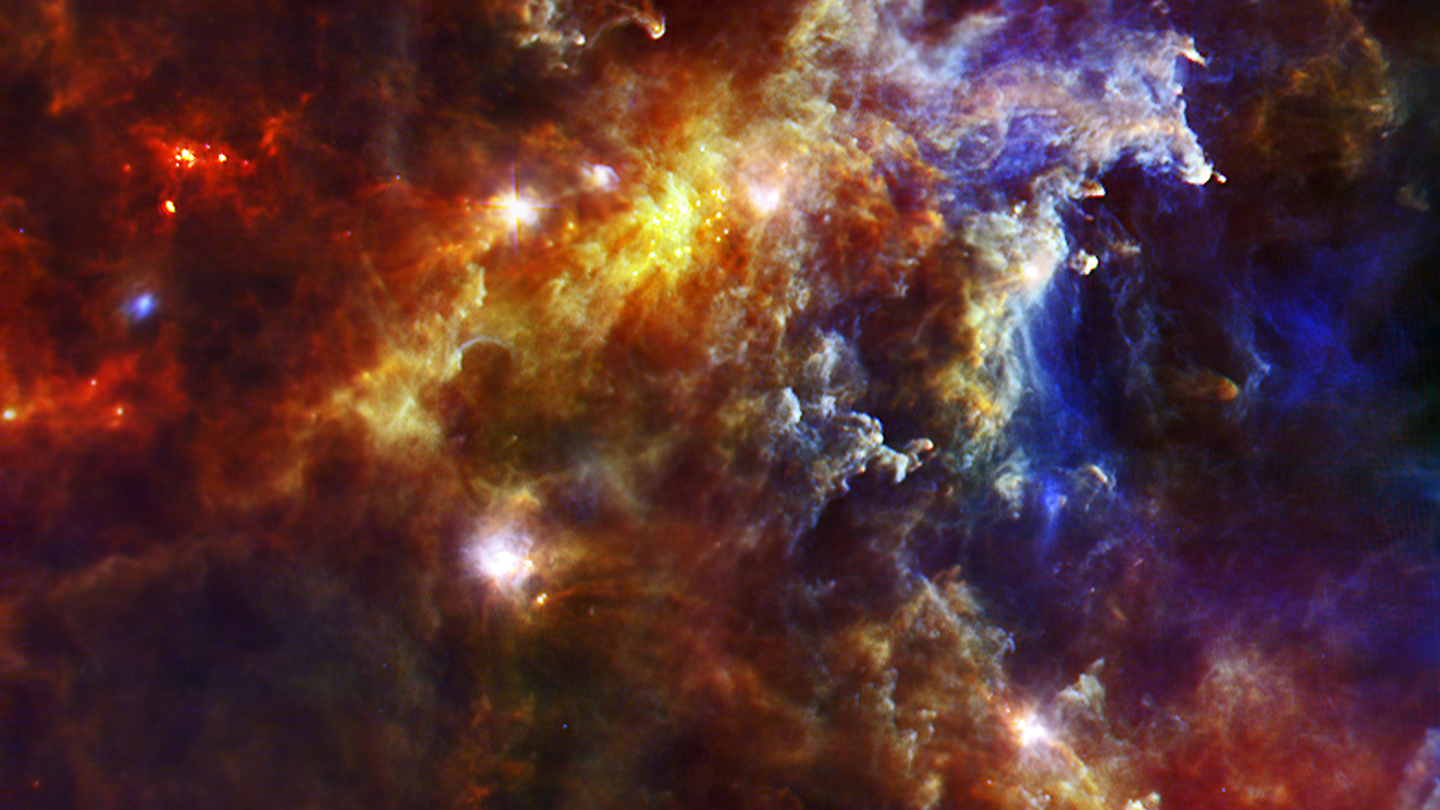
The Milky Way is churning out far more stars than previously thought, according to a new estimate of its star formation rate.
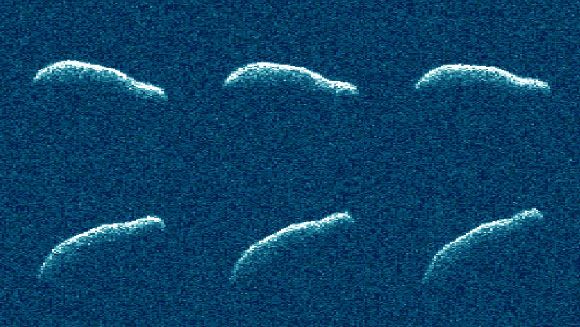
Astronomers recently got an up-close look at a “potentially hazardous” asteroid as it whizzed safely past Earth, and what they saw caught them by surprise: The space rock is unusually elongated for an asteroid and is spinning much more slowly than expected.
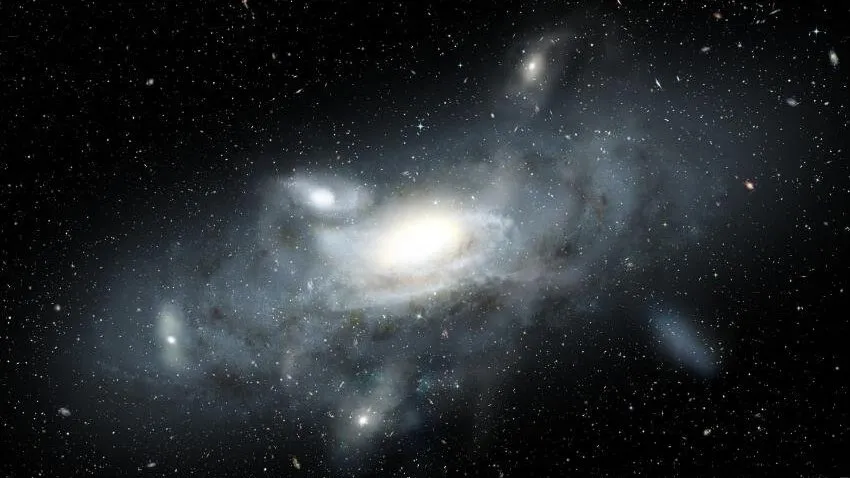
A sparkling cannibal galaxy discovered by the James Webb Space Telescope appears to be a “very early” mirror image of the Milky Way, and it could help astronomers understand how our galaxy took shape, a new study has revealed.
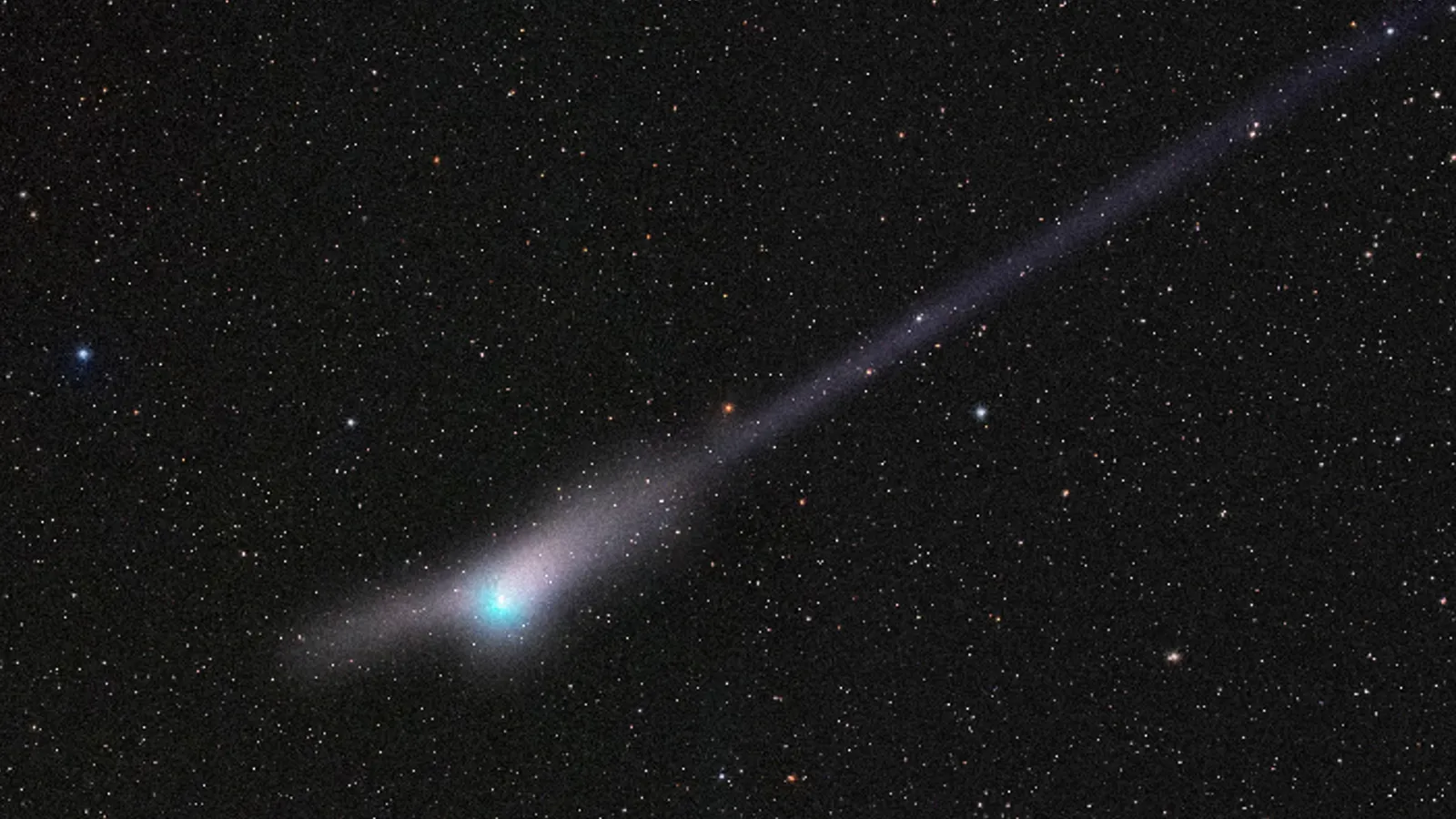
A rare green comet zipping by Earth for the first time since the Stone Age is about to pass right next to Mars this week, and the once-in-a-lifetime cosmic pairing could be visible through a simple pair of binoculars.
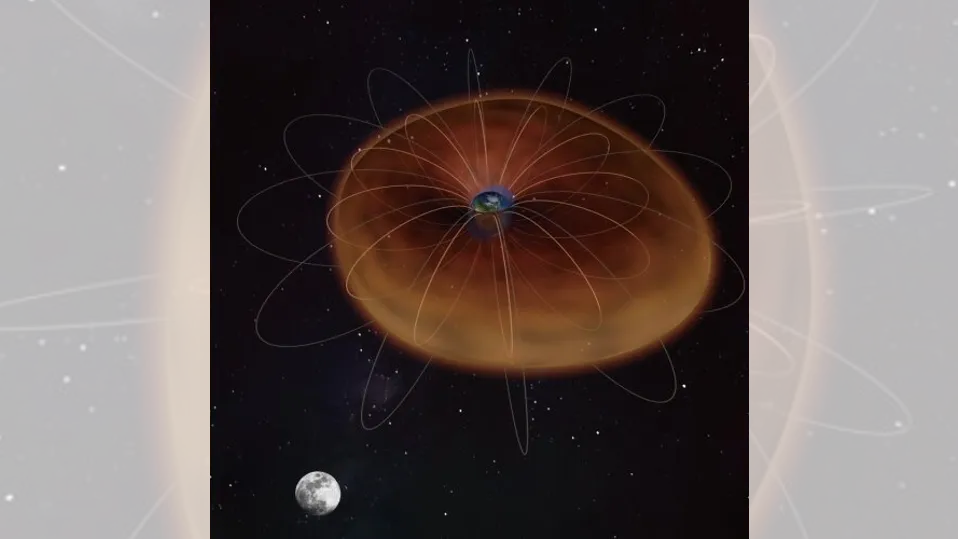
The moon exerts a previously unknown tidal force on the “plasma ocean” surrounding Earth’s upper atmosphere, creating fluctuations that are similar to the tides in the oceans, a new study suggests.

Biological amino acids could have celestial or terrestrial roots. An experiment simulated their formation in deep space—but the mystery isn’t solved yet.
Image from: ESO (Wikki Commons)








